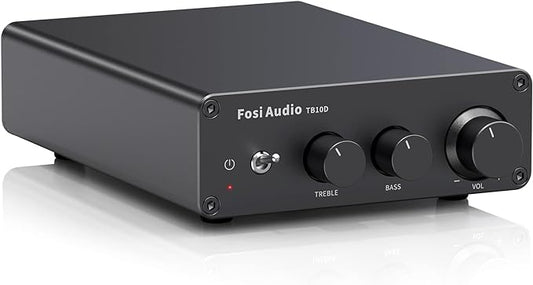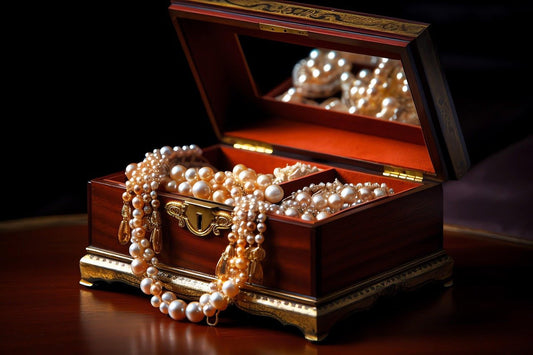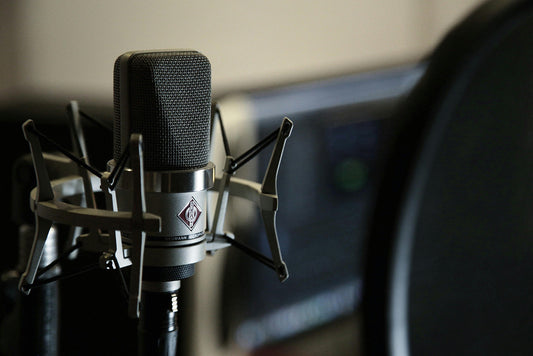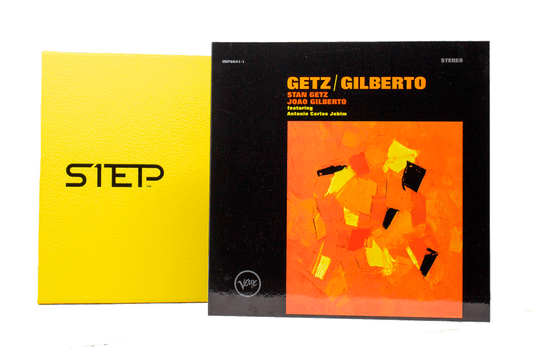Cross breeding
by Paul McGowan
Purity is appreciated when it comes to purpose, water, and immorality. It's not so great when it comes to a power amplifier's architecture, where hybrids rule.
For many years, amplifier manufacturers were determined to keep their designs pure: 100% solid-state, all vacuum tubes, nothing but FETs, class D from input to output. Over time we've come to grips with why this commitment to design purity is not such a great idea.
Power amplifiers are misnamed and therein lies the problem.
On the surface, they seem simple enough: little signal in, big and powerful signal out.
What's missing is the recognition that inside a power amplifier we have two completely distinct systems each with very different amplification duties: voltage and power.
The input voltage gain stage takes a small voltage and amplifies it into a big voltage. From beginning to end there is only voltage and no power. If you were to take the output of a power amplifier's first stage and attempt to drive a loudspeaker you'd be met with silence.
To produce watts we need the second system, the actual power amplifier (where it got its name).
The fact that each of these two systems has such very different functions should be clue enough to understand why a purebred power amplifier's a bad idea.
The smart designer recognizes the difference between the two systems and applies the best technologies for the job: vacuum tubes and FETs are much better at delivering voltage while bipolars, power MOSFETS, and Class D stages are best at delivering power.
Purity benefits us most when we apply it to where it matters.
- Choosing a selection results in a full page refresh.
- Opens in a new window.








